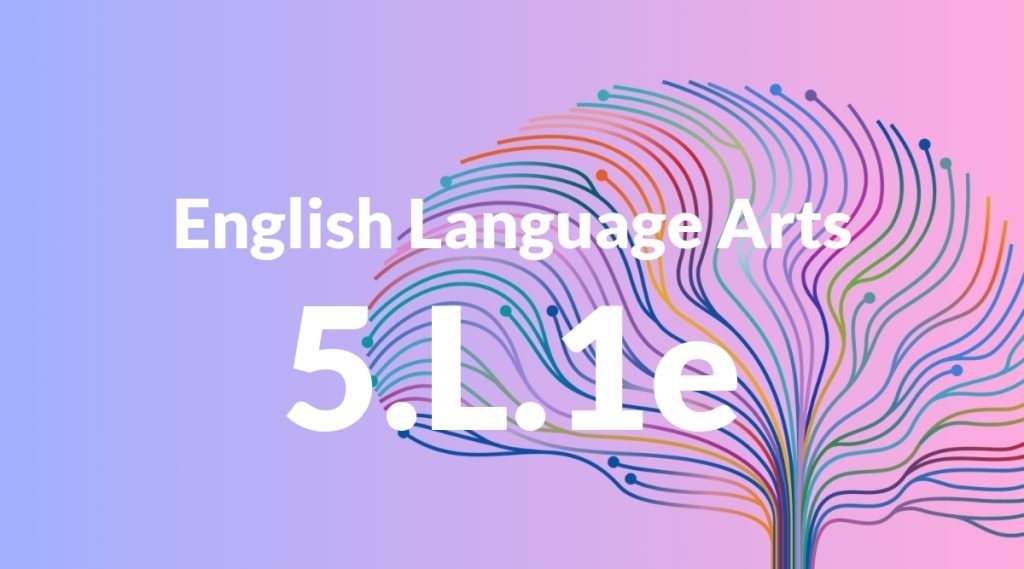Standard: 5.L.1e – Use correlative conjunctions (e.g., either/or, neither/nor).
Grade level: Grade 5
Subject: English Language Arts
Domain: Language
Teacher Overview
This standard focuses on the use of correlative conjunctions to connect ideas and improve sentence variety. Mastering this skill is essential for students to write more complex and coherent sentences, which is crucial for their overall language development. Students should have a solid understanding of basic conjunctions and the ability to form compound sentences.
After mastering this standard, students will be able to use correlative conjunctions to create more complex and varied sentences, enhancing their writing and reading comprehension skills.
Common Misconception 1
A common misconception is that correlative conjunctions can be used in place of simple conjunctions. This is incorrect because correlative conjunctions work in pairs to connect balanced elements of a sentence, whereas simple conjunctions do not.
Intervention 1
Use sentence comparison exercises to highlight the differences and provide guided practice in identifying and using correlative conjunctions correctly.
Common Misconception 2
Another misconception is incorrectly pairing correlative conjunctions, such as using ‘either/nor’ or ‘neither/or’. This is incorrect because correlative conjunctions come in fixed pairs that need to be used together.
Intervention 2
Implement matching exercises and visual aids to help students learn and remember the correct pairs of correlative conjunctions.
Prerequisite Knowledge
Students should understand basic conjunctions (and, but, or) and have experience forming compound sentences.
Subsequent Knowledge
Students will develop the ability to use more complex sentence structures and improve coherence in their writing.
Instructional Activities
- Sentence construction exercises using correlative conjunctions.
- Reading comprehension activities focused on identifying correlative conjunctions.
- Peer review sessions where students edit each other’s work to include correlative conjunctions.
- Interactive games and quizzes on correlative conjunctions.
- Writing prompts that require the use of correlative conjunctions.




